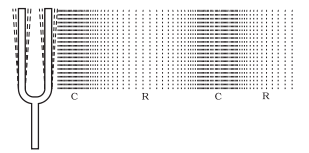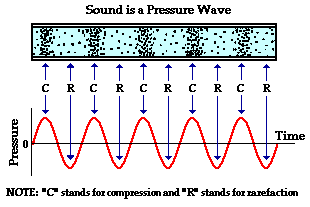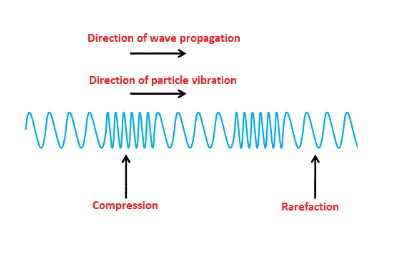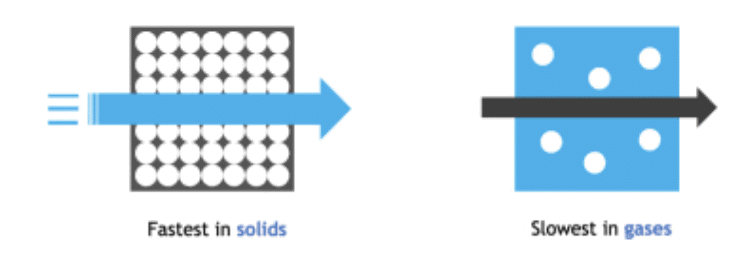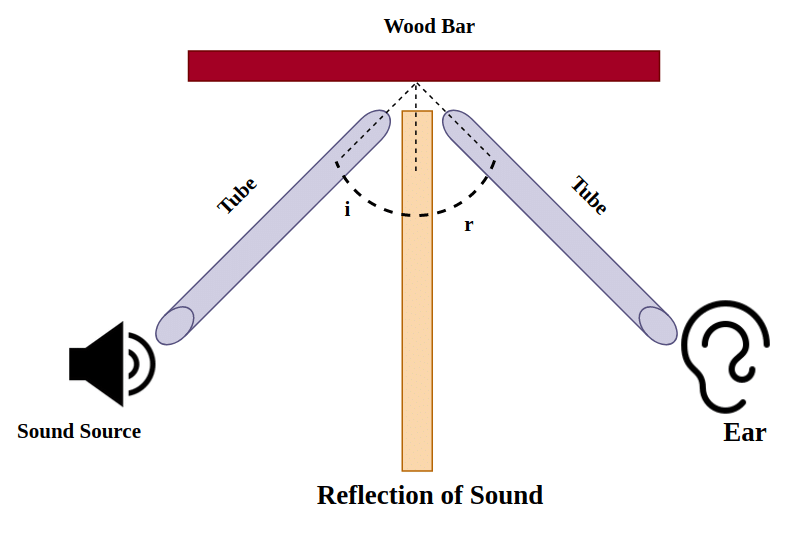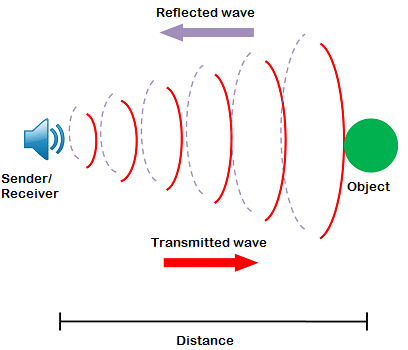|
True. Sound is a type of mechanical wave and requires a medium such as air, water, or solids for transmission.
|
Card: 2 / 28 |
|
Sound is produced by the ___ of objects, which creates ___ waves composed of compressions and rarefactions. |
Card: 5 / 28 |
|
False; sound can also be produced by plucking, scratching, rubbing, blowing, or shaking different objects. |
Card: 8 / 28 |
|
Fill in the blanks: In a sound wave, the area of ___ corresponds to high pressure, whereas the area of ___ corresponds to low pressure. |
Card: 9 / 28 |
|
In longitudinal waves, the particles of the medium move ___ to the direction of wave travel. |
Card: 11 / 28 |
|
Name the type of wave in which particles do not oscillate along the direction of wave propagation. |
Card: 13 / 28 |
 Unlock all Flashcards with EduRev Infinity Plan Starting from @ ₹99 only
|
|
What is the relationship between the angle of incidence and the angle of reflection when sound waves hit a surface? |
Card: 19 / 28 |
|
The angle of incidence is equal to the angle of reflection in relation to the normal at the point where the sound wave strikes the surface. |
Card: 20 / 28 |
|
To hear a distinct echo, the time gap between the original sound and the reflected sound must be at least ___ seconds. |
Card: 21 / 28 |
|
True or False: An echo can only occur once when sound is reflected off a surface. |
Card: 23 / 28 |
|
Fill in the blank: For a distinct echo, the minimum distance between the sound source and the reflecting surface should be ___ metres. |
Card: 25 / 28 |
|
A sufficiently large obstacle is needed for sound waves to reflect, regardless of whether the surface is smooth or rough. |
Card: 28 / 28 |







